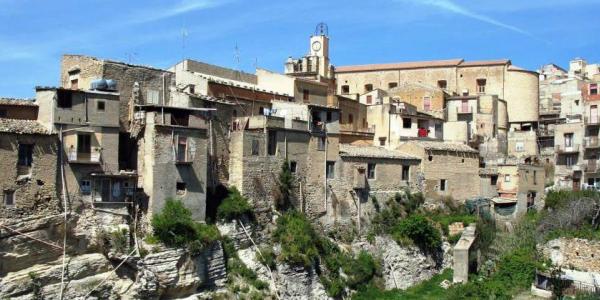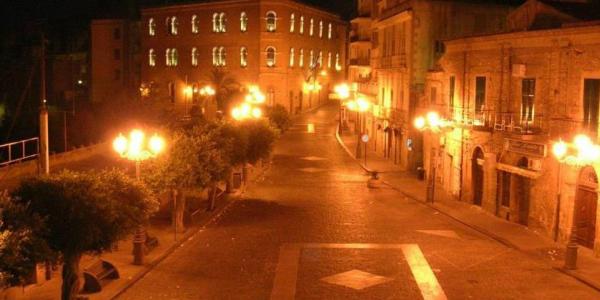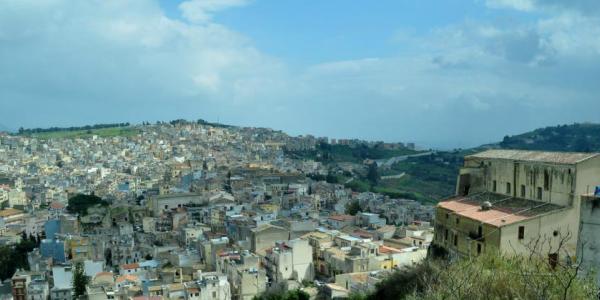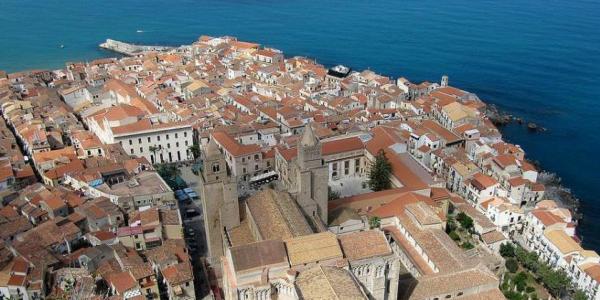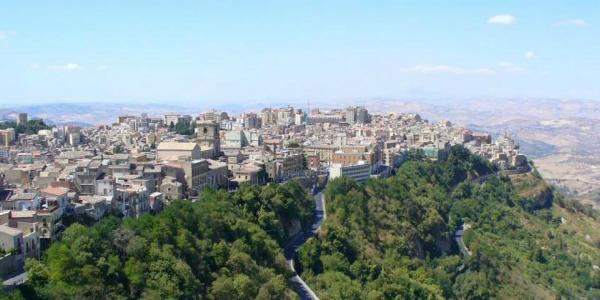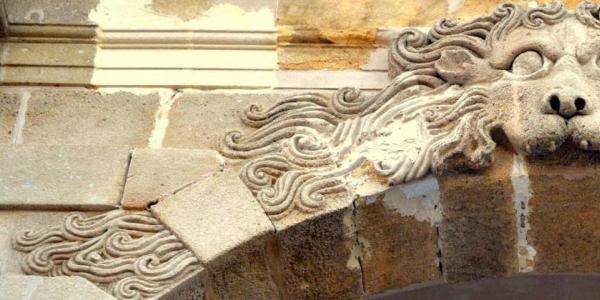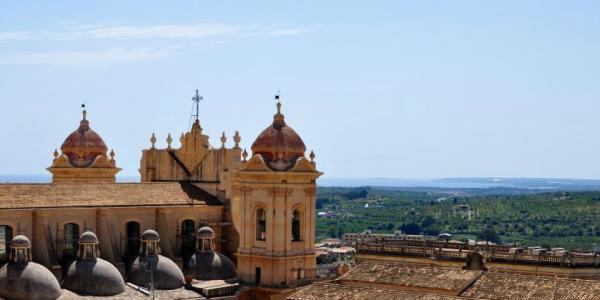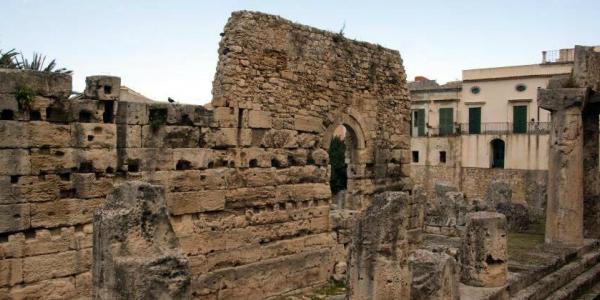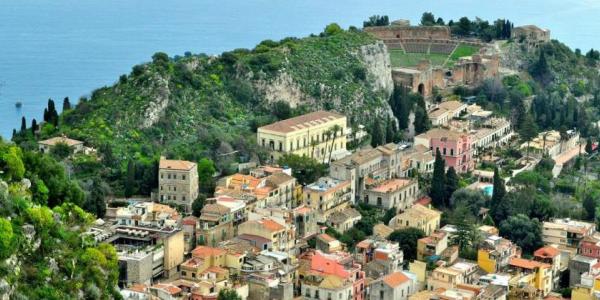The refinement of Syracuse cuisine was renowned throughout Ancient Greece, since the time of the tyrant Dionysius, as made clear by Miteco of Syracuse (IV century BC.) in his "Cuciniere Siciliano", the first scientific treatise on gastronomy and the art of serving at table in the history of mankind. Cake-making is one of the oldest aspects of Syracuse culture: every sweet tells the story of the region, the traditions and customs of the peasant families who prepared traditional recipes for particular occasions and the painstaking craftsmanship of cloistered nuns. The indelible mark of Arab domination can also still be seen with the use of pistachios, almonds, cinnamon and honey. The rich variety of Sicilian patisserie is evident in the colours, in the opulence of forms, in the textures, in the imagination, in the completeness of flavours. Famous throughout the world is the "Rosticceria del Val di Noto": serving the inevitable arancini to typical richly stuffed scacce in a succession of enticing offerings to please all tastes.
As for crafts, the Syracuse area is famous for its ceramics, especially for those made with terracotta. Typical products include the ''fischietto di Siracusa' (ceramic whistles), as well as the characteristic "bummuli", slender amphorae used to keep water cool.





